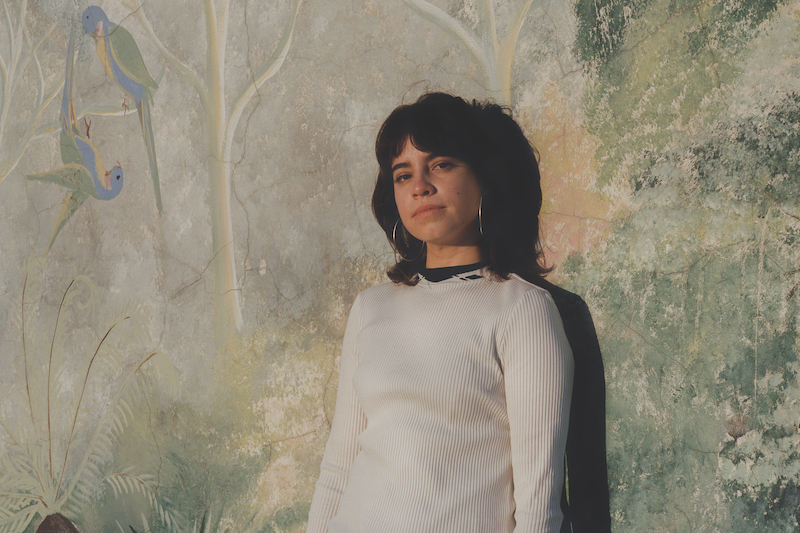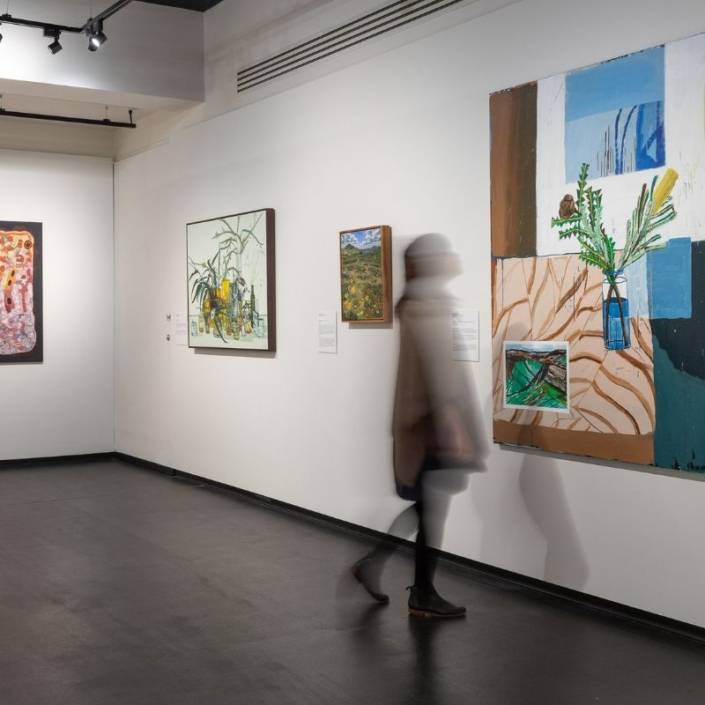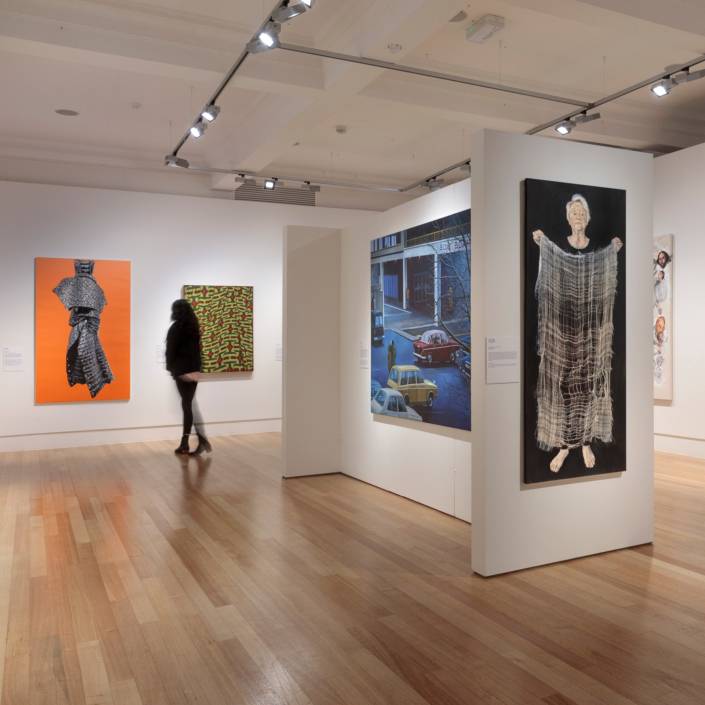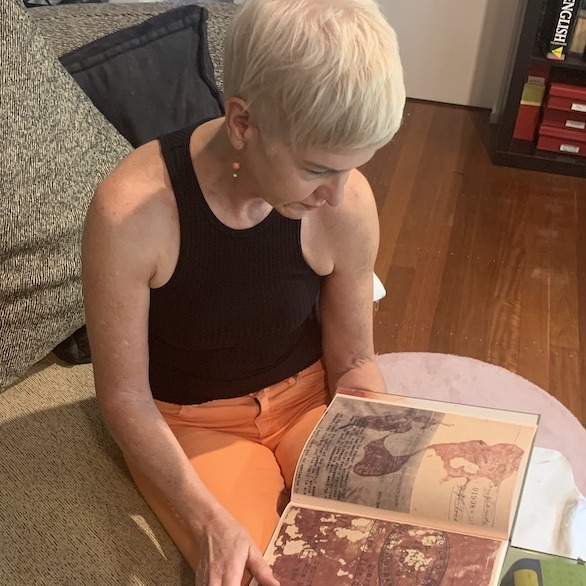Cool Hunter Predictions: Nadia Hernández
As part of the Venezuelan diaspora who settled in Australia, artist Nadia Hernández tells me she can’t help but respond to the political, social and environmental atrocities being committed in her home country.
Words: Michael Do
Portrait: Alex Johnston
Since 2016, the Human Rights Watch estimates that there have been nearly 18,000 extrajudicial executions committed by police and security forces in Venezuela. Against this blood-stained backdrop, more than 4.5 million refugees have fled the once wealthy oil exporting nation now led by the socialist revolutionary government of Nicolás Maduro. As part of the Venezuelan diaspora who settled in Australia, artist Nadia Hernández tells me she can’t help but respond to the political, social and environmental atrocities being committed in her home country. “I have my own opinion and I want to be part of challenging people’s thoughts and views on this issue.”
It’s this imperative to act and commitment to highlight the mechanisms of her home state that underscore Hernández’s 2019 Churchie National Emerging Art Prize winning work, for which she was awarded $15,000.
The winning entry featured two collages, Remexcla #2 (2019) and Remezcla #3 (2019), which form part of a larger project, Sangrante Imataca (2019) built upon a poem written by the artist’s grandfather in 1997 about the devastation of the Guayanese ecosystem by toxic mining practices of the regime. Through the colourful and bombastic colour palette of the remix works, audiences can find her
grandfather’s poetry, along with words drawn from the placards of other protesters during the Maduro regime, stitching together different scenes of protest. “ORINOCO MINING ARC IS EXPLODIN’ / VIOLENCE FLARIN’ / BULLETS LOADIN’. The urgency of her messaging, along with her bold colour palette, speak to the fluid uncertainty of the political situation during her time in Venezuela. And this treatment of the subject matter, the artist tells me, is foundational to her work as both artist and activist.
On the subject of activism, Hernández recently initiated a new radio program Rhythm Gecko on local Sydney radio channel Nomad Radio. A broader extension of her desire to bring awareness to the happenings in Venezuela, the radio station features a number of interviewees who share information about Venezuela’s culture and music as a way to break stories to people.
“Ultimately I want to get people to question their place in Venezuela and question their place here,” says the artist. “What is a diaspora? And what is Australian-Latin identity?”
With the above questions in mind, Hernández is working on a number of exhibitions that frame these important discussions in 2020. They begin with an exhibition at Shepparton Art Museum that evolves over time, a project with Blackartprojects at Auckland Art Fair 2020 and an exciting solo show slated for Sydney. Hernández was also a finalist in the prestigious John Fries Award last year.
Needless to say, there is change afoot across the entire Latin America, including Venezuela, and as the political status quo is being tested, artists like Hernández are at the forefront observing, engaging and poetically shaping this discussion abroad.
This article was originally published in Art Collector issue 91, JAN – MAR 2020.









